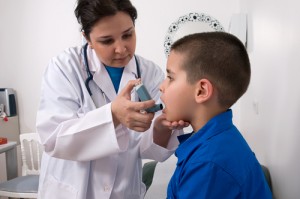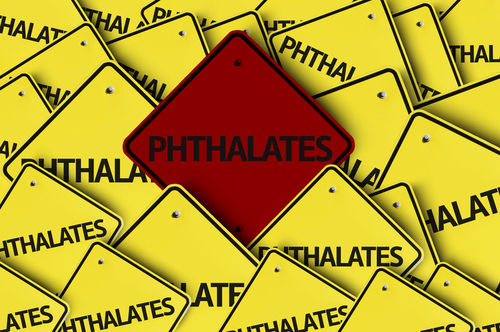 Asthma, the most common type of chronic obstructive pulmonary disease (COPD), is estimated to affect over 25 million Americans, with a fifth of that number being patients under 18 years old. Everyday, there are 1,200 hospital admissions due to an asthma exacerbation, and it is considered the most common chronic condition in children that to this day has no known cure.
Asthma, the most common type of chronic obstructive pulmonary disease (COPD), is estimated to affect over 25 million Americans, with a fifth of that number being patients under 18 years old. Everyday, there are 1,200 hospital admissions due to an asthma exacerbation, and it is considered the most common chronic condition in children that to this day has no known cure.
A team of investigators from the Columbia Center for Children’s Environmental Health at the Mailman School of Public Health published a study on asthma that is the first to ever establish a relationship between the occurrence of childhood asthma and the child’s exposure to phthalates while still in the womb.
According to their findings, prenatal exposure to butylbenzyl phthalate (BBzP) and di-n-butyl phthalate (DnBP) increased a child’s risk of developing asthma between ages 5-11 by an alarming 72% and 78% respectively. These findings are available online in Environmental Health Perspectives.
Unfortunately, phthalates are nearly impossible to avoid, as they are used in almost everything we use on a daily basis. These substances are found in plastic food and beverage containers, toiletries, cosmetics, vehicles, and even medical supplies/equipment. While a number of phthalates have been banned from use in any children’s products, including BBzP and DnBP, no action has been taken to minimize pregnant women’s exposure.
“The fetus is extremely vulnerable during pregnancy. While it is incumbent on mothers to do everything they can to protect their child, they are virtually helpless when it comes to phthalates like BBzP and DnBP that are unavoidable. If we want to protect children, we have to protect pregnant women,” said Dr. Rachel Miller, senior author and professor of pediatric medicine and Environmental Health Sciences
 The study involved 300 pregnant women and their children. Exposure to phthalates were detected and measured through urine samples during the women’s 3rd trimester, and during each child’s 3rd, 5th and 7th year. The samples were then taken to the Centers for Disease Control and Prevention to be analyzed.
The study involved 300 pregnant women and their children. Exposure to phthalates were detected and measured through urine samples during the women’s 3rd trimester, and during each child’s 3rd, 5th and 7th year. The samples were then taken to the Centers for Disease Control and Prevention to be analyzed.
Data reveals 1 out of every 3 children (94) were diagnosed with asthma, while 60 developed asthma-like symptoms, and nearly all of the urine samples collected contained traces of several types of phthalates. While it is still unclear how these substances predispose a child to develop asthma, the researchers are looking at inflammation and oxidative stress as potential triggers.
In other asthma news, fungal sensitization may be a major factor in the development of asthma. Those who are allergic to fungi and have chronic or uncontrolled fungal infections are linked to poor control of this condition, which increases the likelihood that they will progress to a more serious lung condition such as bronchiectasis and aspergillosis.

